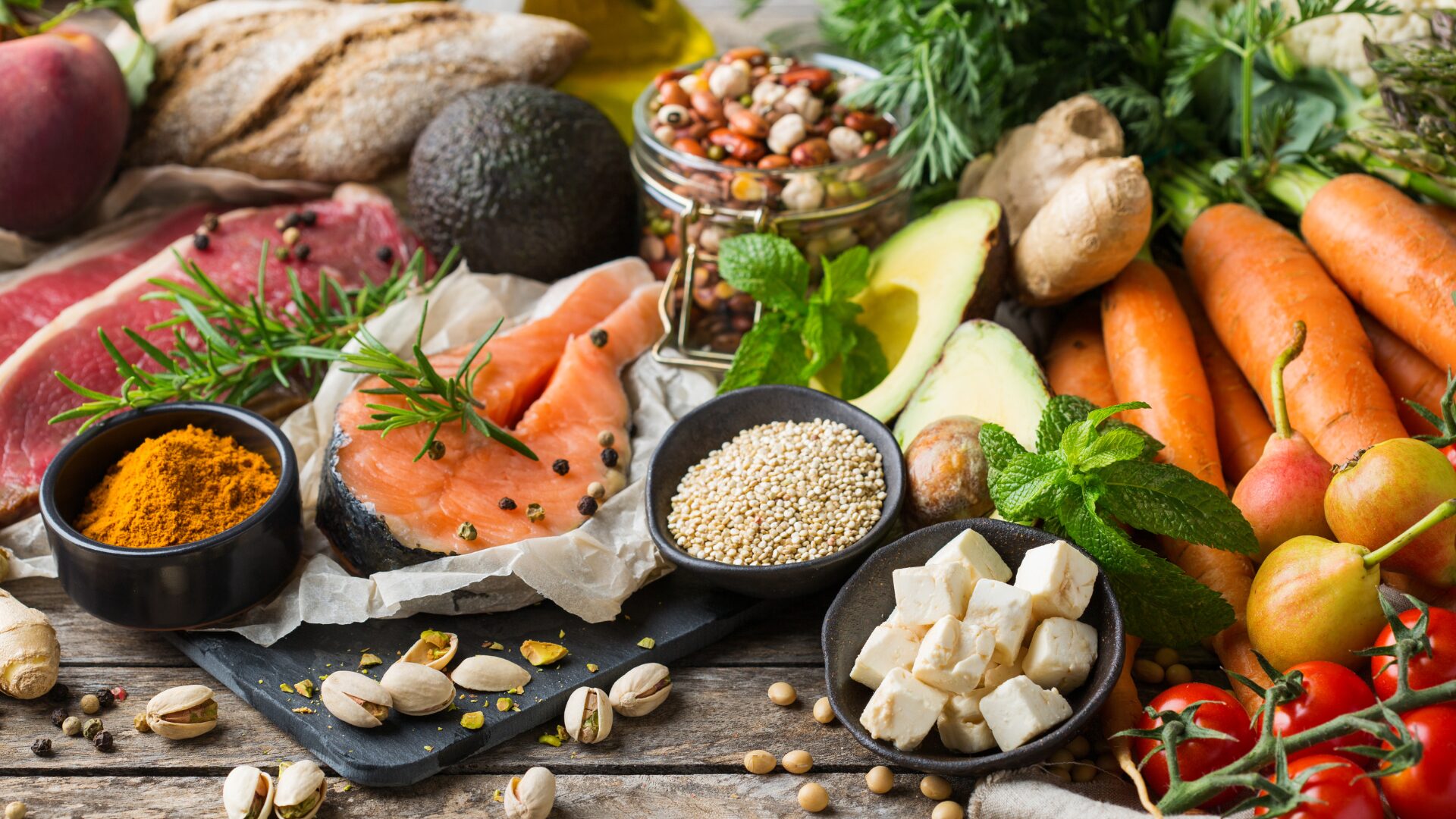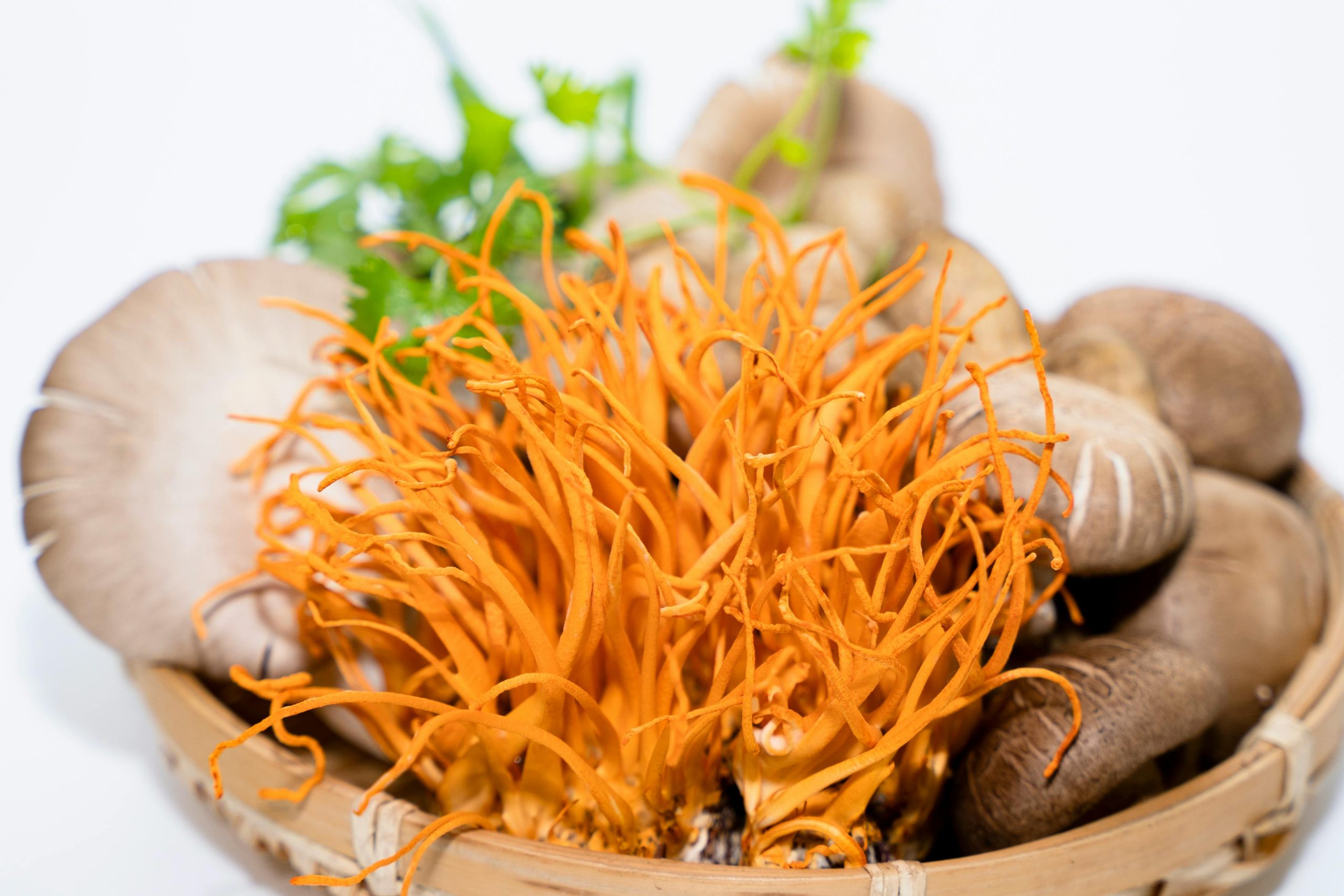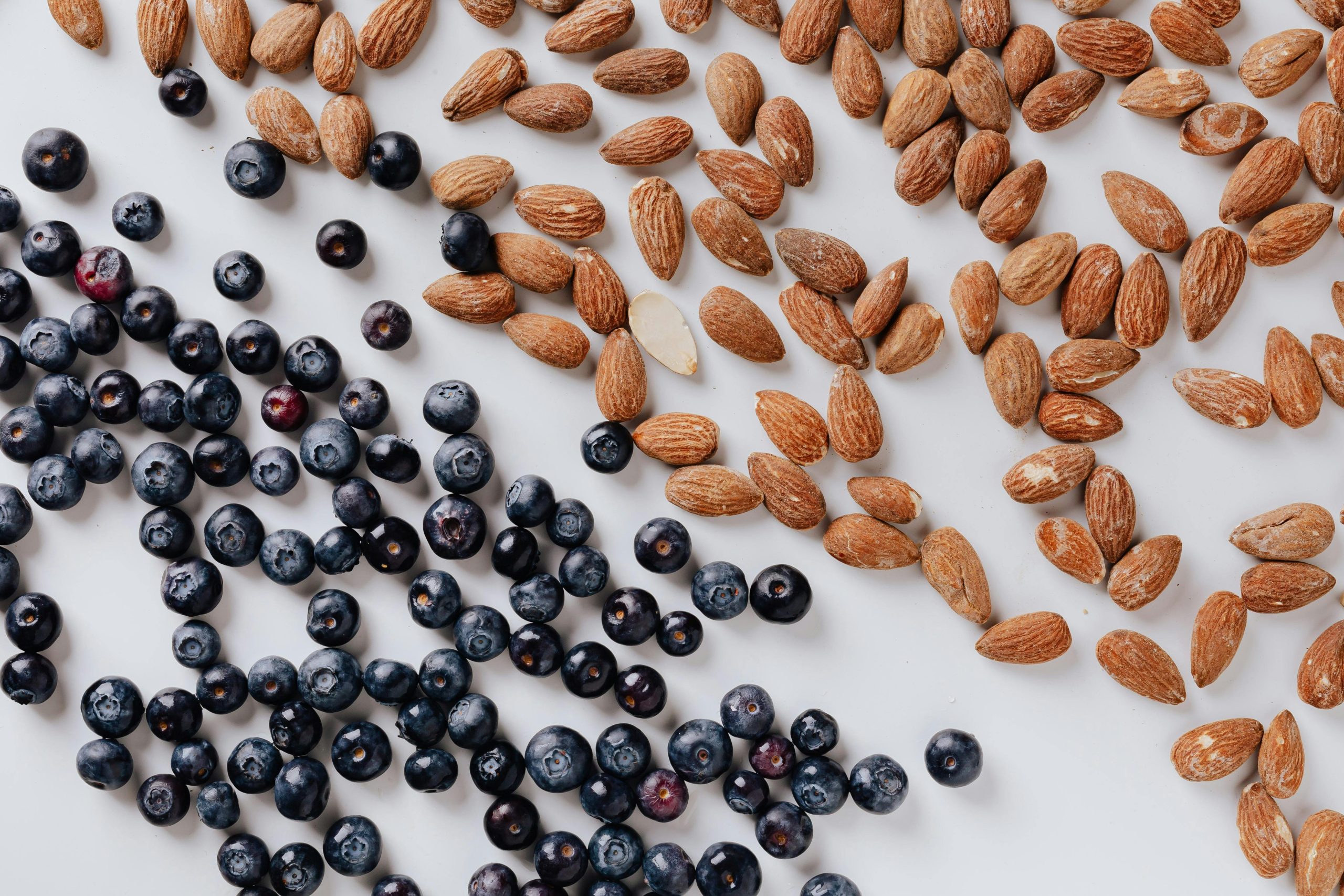These days, there’s a lot of information floating around about the risks of high inflammation in the body – from depression and Alzheimer’s disease to cancer and autoimmune diseases.
But what does inflammation really mean? And can its markers be reduced through dietary changes alone?
The Food Institute spoke with multiple health and medical experts to get their take.
Inflammation vs. Chronic Inflammation
“Inflammation is a natural immune response; however, chronic inflammation has been associated with multiple ailments such as depression, anxiety, heart disease, and neurodegenerative disorders,” said Dr. Michael S. Valdez, Medical Director at Detox California.
“There is a whole family of chronic conditions that are both initiated and perpetuated by inflammation called central sensitization (CS) syndromes,” added Dr. Hamid Djalilian, Professor of Otolaryngology, Neurosurgery, and Biomedical Engineering at the University of California.
These conditions include chronic fatigue, fibromyalgia, and irritable bowel syndrome, among others – and according to Dr. Djalilian, they often have overlapping symptoms like brain fog, fatigue, pain sensitivity, and sleep disturbances.
“The kind of inflammation involved in CS syndromes is called ‘neurogenic inflammation,’ and it often occurs in response to certain food items,” Dr. Djalilian told FI.
He also noted that, while these foods are not necessarily the same as “inflammatory foods,” they can indirectly trigger inflammation in the nerves themselves, which worsen inflammation symptoms as a result.
“While some of these items are intuitive (like processed foods and high sugar foods), others are not. For instance, bananas are very healthy for you, but when they are overly ripe, their tyramine content increases, and this can trigger neurogenic inflammation and symptom flare-ups in people with heightened brain sensitivity,” added Dr. Djalilian.
So, what’s on the good list?
The True Anti-Inflammation Diet
According to experts, reducing inflammation is more about including certain anti-inflammatory foods than it is eliminating others.
Research reveals that the Mediterranean diet, which includes a large quantity of fruits, vegetables, whole grains, and healthy fats, such as fish and olive oil, shows substantial promise in lowering inflammation.
In the PREvención con DIeta MEDiterránea (PREDIMED) study, the largest primary-prevention randomized clinical trial testing the effects of changes in a complete food pattern in history, researchers analyzed the health impacts of the Mediterranean diet versus a low-fat diet.
After just three months on the former diet, participants saw notable improvements in blood pressure, insulin sensitivity, lipid profile, and circulating inflammatory molecules compared with those following the control diet.
In addition, a common inflammation marker called C-reactive protein (CRP) decreased by more than 40% in individuals on the Mediterranean diet.
According to Rosa Casas, an associate professor at the University of Barcelona who played an integral role in the study, it isn’t that one superfood in particular reigns supreme in reducing inflammation.
Rather, it’s likely the combination of several nutrient-dense foods, each with its own ability to dial down inflammation markers in our cells in a unique way, that moves the needle.
For example, salmon is a rich source of omega-3 fatty acids, which work to reduce inflammation in a few ways, while high-fiber foods like berries and chia seeds can lower other types of markers.
“Further aids are spices like turmeric and ginger, whose chemical constituents are known to possess anti-inflammatory properties,” said Dr. Valdez. “Restoring gut health is pivotal for one’s inflammatory response; eating fermented foods like yogurt, kimchi, or kefir can help balance one’s gut flora.”
The Food Institute Podcast
It’s tariff time, and companies the world over are working to better understand how their operations will be impacted. Jodi Ader from RSM US LLP joined The Food Institute Podcast to discuss which products and inputs are currently subject to tariffs, and how to best mitigate supply chain risks.












